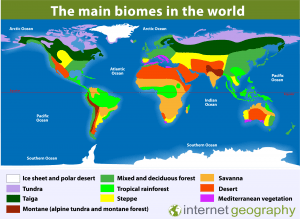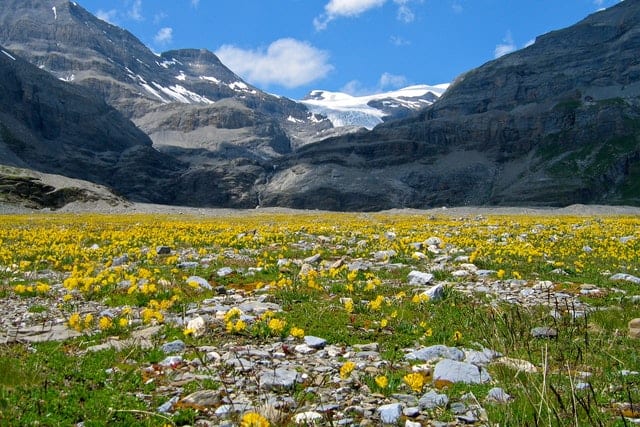 Hi, my name is Raye Jean Montague. I am a scientist from the modern era. I was an American naval engineer, born in Little Rock, Arkansas, on January 21, 1935. I was born to Rayford Jordan and Flossie Graves Jordan. In my early life, I was inspired to pursue naval engineering when I saw a German submarine that had been captured by America and put on tour across the country. I attended St. Bartholomew school before moving to Merrill high school in Pine Bluff, graduating in 1952. I attended the Arkansas Agricultural, Mechanical & Normal College — now known as the University of Arkansas in Pine Bluff because I wanted to study engineering. I graduated in 1956 with a bachelor of science in business.
Hi, my name is Raye Jean Montague. I am a scientist from the modern era. I was an American naval engineer, born in Little Rock, Arkansas, on January 21, 1935. I was born to Rayford Jordan and Flossie Graves Jordan. In my early life, I was inspired to pursue naval engineering when I saw a German submarine that had been captured by America and put on tour across the country. I attended St. Bartholomew school before moving to Merrill high school in Pine Bluff, graduating in 1952. I attended the Arkansas Agricultural, Mechanical & Normal College — now known as the University of Arkansas in Pine Bluff because I wanted to study engineering. I graduated in 1956 with a bachelor of science in business.
In 1956 I joined the U.S. Navy in Washington D.C. as a clerk typist. At work, I sat by a 1950s UNIVAC 1 computer. By watching, listening and practicing after hours I taught myself how to use it.
When I was interested to learn how to use the computer, I asked the operator if he would teach me. He declined, saying, “if I did then you would have my job!” When I had mostly figured out how the computer worked just by watching, I looked for a chance to try my hand at it. When I first tried the computer, my boss said, “Raye, I didn’t know that you knew how to work the computer.” “I don’t”, I replied, “but I know how to work it enough to do my job.” After that, he reluctantly said, “well you know more than any of the rest of us, so from now on, this is your job.”
In 1971, president Nixon ordered a new ship to be designed. Yet, instead of giving us two years to complete a rough draft, as had been the history of the Navy, he wanted it done in a mere 2 months. The admirals gave me one month to do it, but, through the use of computer-aided design, I was able to produce the draft in only 18 hours and 26 minutes. This was the first computer-generated rough draft in the history of the Navy. After this feat, my career took off and I became the U.S. Navy’s first female program manager of ships and held a civilian rank equivalent to that of a captain.
I was married three times, in 1955, 1965 and 1973. While I was married to David H Montague I had one child, David R Montague. He’s a tenured professor of criminal justice at The University of Arkansas at Little Rock. David and I are very close. I’ve gotten him through a lot. We are very similar in our ideas, our mindset our determination and our smile.
“My mom certainly made me believe I could do anything I wanted as long as I had the skill sets and the determination,” my son said. “I saw her having to fight and fight, and I had to deal with a lot of that myself.”
Sadly, I died because of congestive heart failure on October 10, 2018, I was eighty-three years old. But I died proudly. I created a computer designing program that helped people make new designs for ships. Through watching my interviews you can see that I was funny and kind and smart! I revolutionized a big part of the Navy. I think that I would ask myself; Did I do a good job on the first design? Who was my biggest inspiration? Did I teach many other people?
List of awards:
- Meritorious Civilian Service Award (US Navy, 1972)
- Society of Manufacturing Engineers Achievement Award (1978)
- National Computer Graphics Association Award for the Advancement of Computer Graphics (1988)
- Arkansas Women’s Hall of Fame (2018)







 1. I wonder what the population of Uganda is?
1. I wonder what the population of Uganda is?